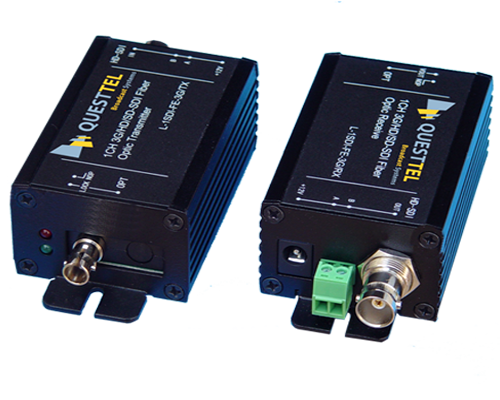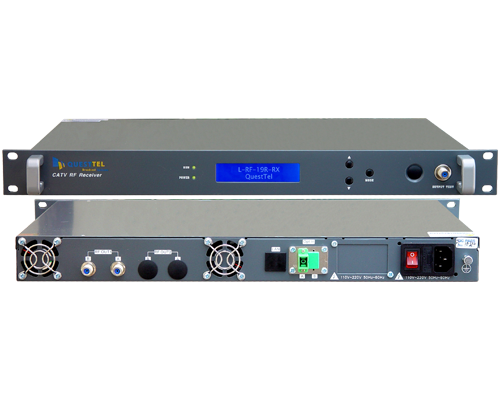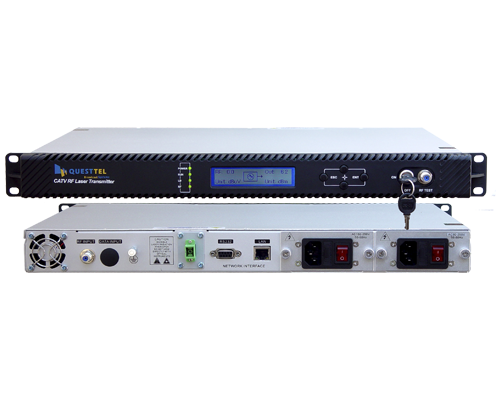Point to Point fiber optic data links
There are many complex fiber optic data transmission systems being employed as per the application requirement. The easiest way to understand a fiber optic link system is by discussing simple point to point fiber optic links. A P2P or point to point fiber optic data link consists of an optical transmitter to transmit the data, optical fiber as the medium, and an optical receiver. There will be splicing points in between the fiber optic link system, there will be fiber optic connectors at transmitter and receiver points.
A full duplex fiber optic link is the commonly employed fiber optic application. Such fiber optic links consist of two simple P2P fiber optic links. Duplex fiber optic links transmit in opposite directions between the input and output equipments. Duplex fiber optic links can be configured using a single fiber. In such cases, fiber optic splitters are used at each end to couple the transmitted optical signal onto the fiber and receive the optical signal to the detector.
Split down to single units, all fiber optic link systems are a sets of P2P fiber optic links. Different fiber optic link system topologies come from the different ways that P2P fiber optic links can be connected between equipments. Note that the word fiber optic topology refers to the configuration of various equipments and the fiber optic components interconnecting them.
Equipments used in a fiber optic link system may be computers, workstations, consoles and such related equipments. P2P or Point to point fiber optic links are connected to produce different type of fiber optic link systems. Some of the fiber optic link systems produced with point to point link includes linear bus, ring topology, star topology and tree topology. Thus we can see that Point to point fiber optic links are the basic building units of all fiber optic systems.
QuestTel shall have no liability for any error or damage of any kind resulting from the use of this document.



